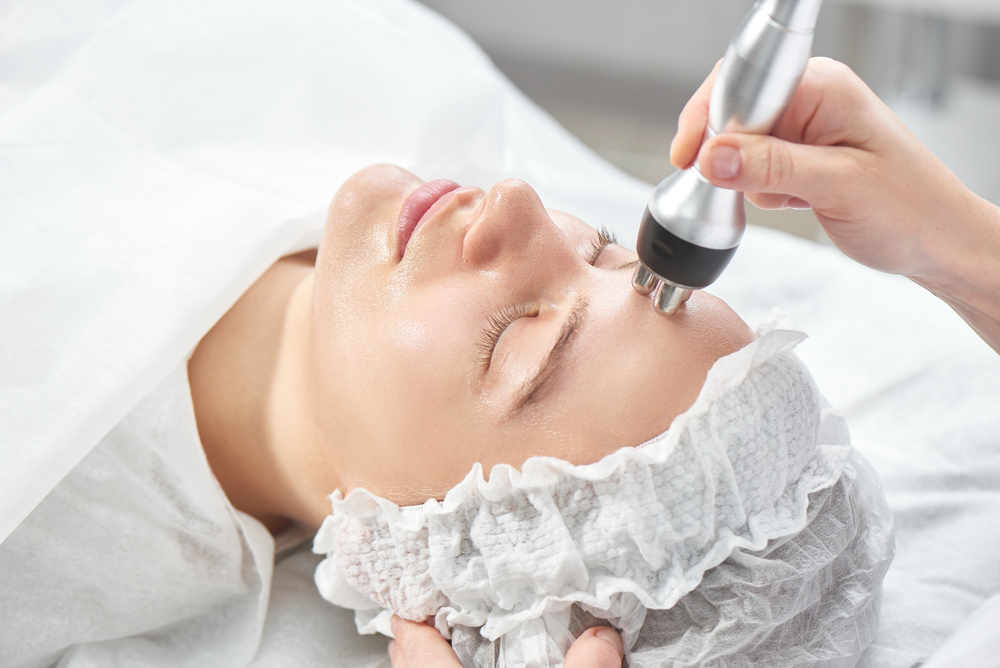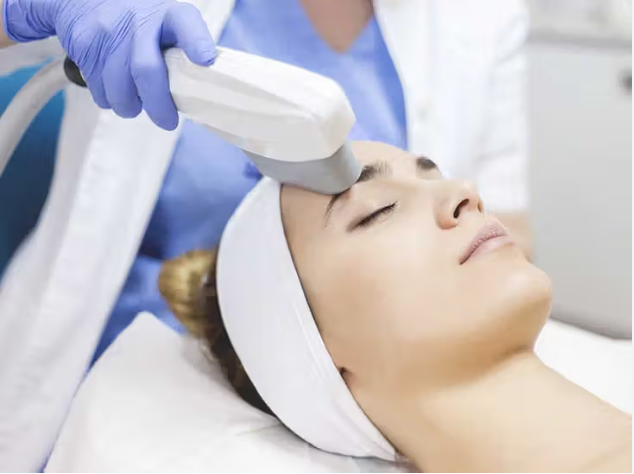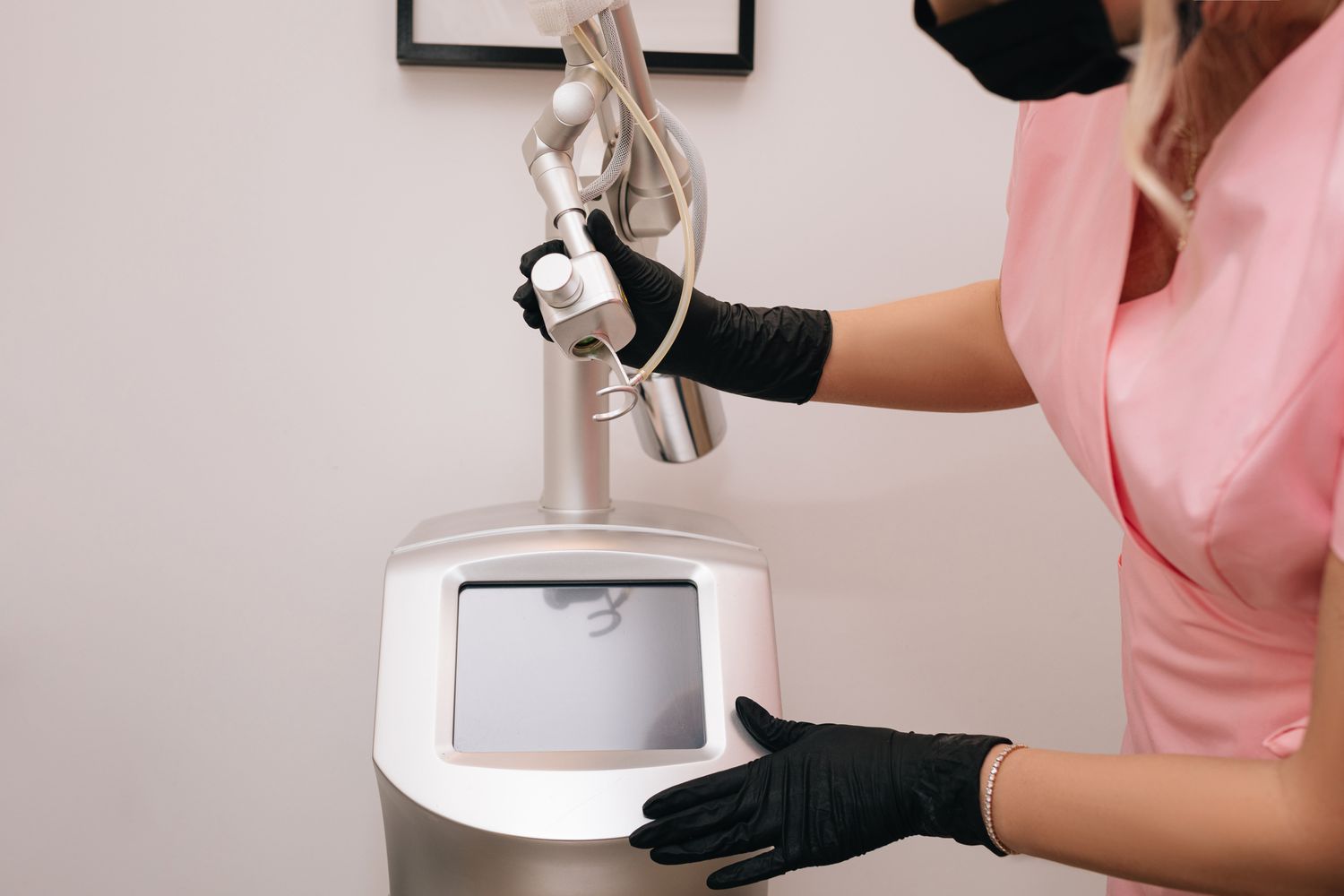
Even so-called “water-resistant” sunscreens may lose their effectiveness after 40 minutes in the water. Sunscreens rub off as well as wash off, so if you’ve towel-dried, reapply sunscreen for continued protection.
Who needs sunscreens? Everyone! More than 2 million nonmelanoma skin cancers are diagnosed annually. Many studies have found an association between sunburns and enhanced risk for melanoma. Sunlight consists of two types of harmful rays: ultraviolet A (UVA) rays and ultraviolet B (UVB) rays. UVA rays (which pass through window glass) penetrate deeper into the dermis, the thickest layer of the skin. UVA rays can cause suppression of the immune system, which interferes with the immune system’s ability to protect you against the development and spread of skin cancer. UVA exposure also is known to lead to signs of premature aging of the skin such as wrinkling and age spots. The UVB rays are the sun’s burning rays (which are blocked by window glass) and are the primary cause of sunburn.
A good way to remember it is that UVA rays are the aging rays and UVB rays are the burning rays. Excessive exposure to both forms of UV rays can lead to the development of skin cancer. Sunscreen should be applied every day to exposed skin, and not just if you are going to be in the sun. For days when you are going to be indoors, apply sunscreen on the areas not covered by clothing, such as the face and hands. Sunscreens can be applied under makeup, or alternatively, there are many cosmetic products available that contain sunscreens for daily use. Sun protection is the principal means of preventing premature aging and skin cancer. It’s never too late to protect yourself from the sun and minimize your future risk of skin cancer.
Don’t reserve the use of sunscreen only for sunny days. Even on a cloudy day, up to 80 percent of the sun’s ultraviolet rays can pass through the clouds. In addition, sand reflects 25 percent of the sun’s rays and snow reflects 80 percent of the sun’s rays.
Sunscreens should be applied to dry skin 15 to 30 minutes BEFORE going outdoors. When using sunscreen, be sure to apply it to all exposed areas and pay particular attention to the face, ears, hands, and arms. Coat the skin liberally and rub it in thoroughly — most people apply only 25 to 50 percent of the recommended amount of sunscreen. One ounce, enough to fill a shot glass, is considered the amount needed to cover the exposed areas of the body properly. Don’t forget that lips get sunburned, too, so apply a lip balm that contains sunscreen with an SPF of 30 or higher. Sunscreens should be reapplied approximately every two hours or after swimming or perspiring heavily. Even so-called “water-resistant” sunscreens may lose their effectiveness after 40 minutes in the water. Sunscreens rub off as well as wash off, so if you’ve towel-dried, reapply sunscreen for continued protection.
Also, there are a number of combination cosmetic products, such as moisturizers that contain sunscreen, but it is important to remember that these products also need to be reapplied to achieve continued UV protection. There are so many types of sunscreen that selecting the right one can be quite confusing. Sunscreens are available in many forms, including ointments, creams, gels, lotions, sprays, and wax sticks. The type of sunscreen you choose is a matter of personal choice. Creams are best for individuals with dry skin, but gels are preferable in hairy areas, such as the scalp or male chest. Sticks are good around the eyes. Creams typically yield a thicker application than lotions and are best for the face. There also are sunscreens made for specific purposes, such as sensitive skin and for use on babies.
Ideally, sunscreens should be water-resistant, so they cannot be easily removed by sweating or swimming, and should have an SPF of 30 or higher that provides broad-spectrum coverage against both UVA and UVB light. Unless indicated by an expiration date, the FDA requires that all sunscreens be stable and at their original strength for at least three years.
But what does SPF stands for? It stands for sun protection factor. Sunscreens are rated or classified by the strength of their SPF. The SPF numbers on the packaging can range from as low as 2 to greater than 50. These numbers refer to the product’s ability to deflect the sun’s burning rays (UVB). The sunscreen SPF rating is calculated by comparing the amount of time needed to produce a sunburn on sunscreen-protected skin to the amount of time needed to cause a sunburn on unprotected skin. For example, if a sunscreen is rated SPF 2 and a person who would normally turn red after 10 minutes of exposure in the sun uses it, it would take 20 minutes of exposure for the skin to turn red. A sunscreen with an SPF of 15 would allow that person to multiply that initial burning time by 15, which means it would take 15 times longer to burn, or 150 minutes. Even with this protection, sunscreen photo degrades (breaks down) and rubs off with normal wear, so it needs to be reapplied approximately every two hours. At present, there is no FDA-approved rating system that identifies UVA protection. UVB protection does not actually increase proportionately with a designated SPF number. For example, an SPF of 60 screens 98 percent of UVB rays, and an SPF of 30 screens 97 percent of UVB rays, whereas an SPF of 15 screens 93 percent of UVB rays, and an SPF of 2 screens 50 percent of UVB rays. In Europe, the COLIPA (European Cosmetics Association) method assigns a 50+ SPF for high protection sunscreens, regardless if they have a SPF of more than 50. However, inadequate application of sunscreen may result in a lower SPF than the product contains. Whichever SPF you choose, wearing sunscreen should not provide a false sense of security about protection from UVB exposure. No sunscreen can provide 100 percent UVB protection. Using a higher SPF provides greater UVB protection than a lower SPF, but it does not mean that you should stay out in the sun longer.
This blog post was contributed by CosMed Clinic’s Dermatologist Dr. Alberto De La Fuente García. To learn more about how you can improve the appearance of your skin, you can contact him at www.CosMedClinic.com





